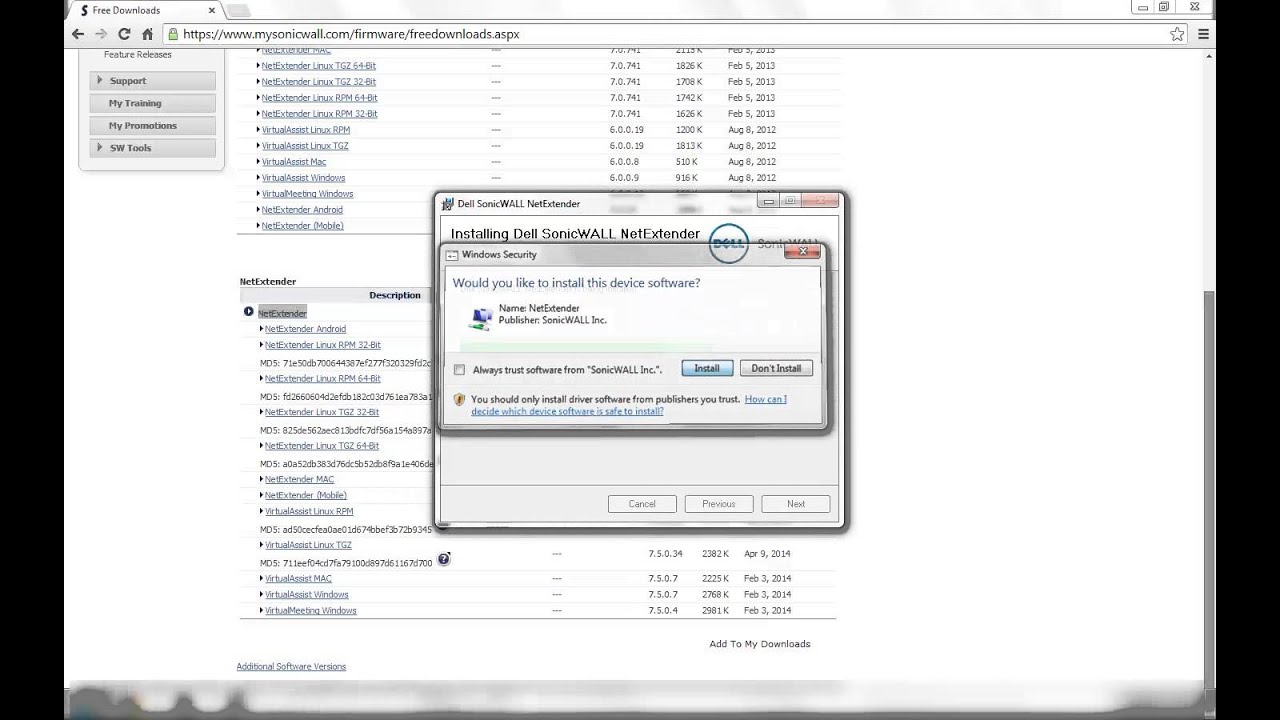
Anyway, if you have experience in this area. So, they've tasked us with moving their infra over to Azure. We're inheriting a customer that is currently full-cloud and wants to stay that way, but move to Azure.

We deploy Microsoft's security updates first to our IT staff computers

We have had a WSUS patch policy for our company sinceĢ012. Windows 10 Computers Automatically Updating the Day After Patch Tuesday Windows.Unfortunately, that's about as far as I can help because I've not setup one. You would configure the SonicWALL's L2TP connection to act close enough to the RRAS server, including AD integration to a local AD controller. I think you could do this using the SonicWALL's L2TP setup and a Windows 10 "Always On" setup. The good news is, you can setup the Windows 10 client using GPO/XML files: This comes back to what your trying to do, use a "Always On" VPN for a remote Windows 10 PC. RRAS can use certificates, I'm not sure if the SonicWALL can fully do the same thing. Ok, so, does the SonicWALL act like a RRAS, yes it does. I'm also not sure how you'd configure the VPN client to connect using that domain once it’s been configured (which could be why it’s not working). I have attempted to set this up but I’ve been unable to get it working. My guess would be that I need to configure a new domain, set it to use RADIUS server authentication, enabled always-on authentication, and set that to also use certificates for authentication (I am only guessing though as I can’t find any documentation that tells me this). Https:/ Opens a new window / / archives/ always-on-vpn-directaccess-for-windows-10 I've configured the RADIUS and CA server using the following guide but I'm struggle with the RRAS server part of the set-up as the guide contains instructions for setting up a Microsoft server for it and I'd rather use Sonicwall if I can. Does anyone have any experience with using the Sonicwall SMA as a RRAS server for an Always-On VPN connection?įrom what I understand, for an always-on connection you need three components an NPS (RADIUS) server, a certificate authority, and an RRAS (remote access) server.


 0 kommentar(er)
0 kommentar(er)
